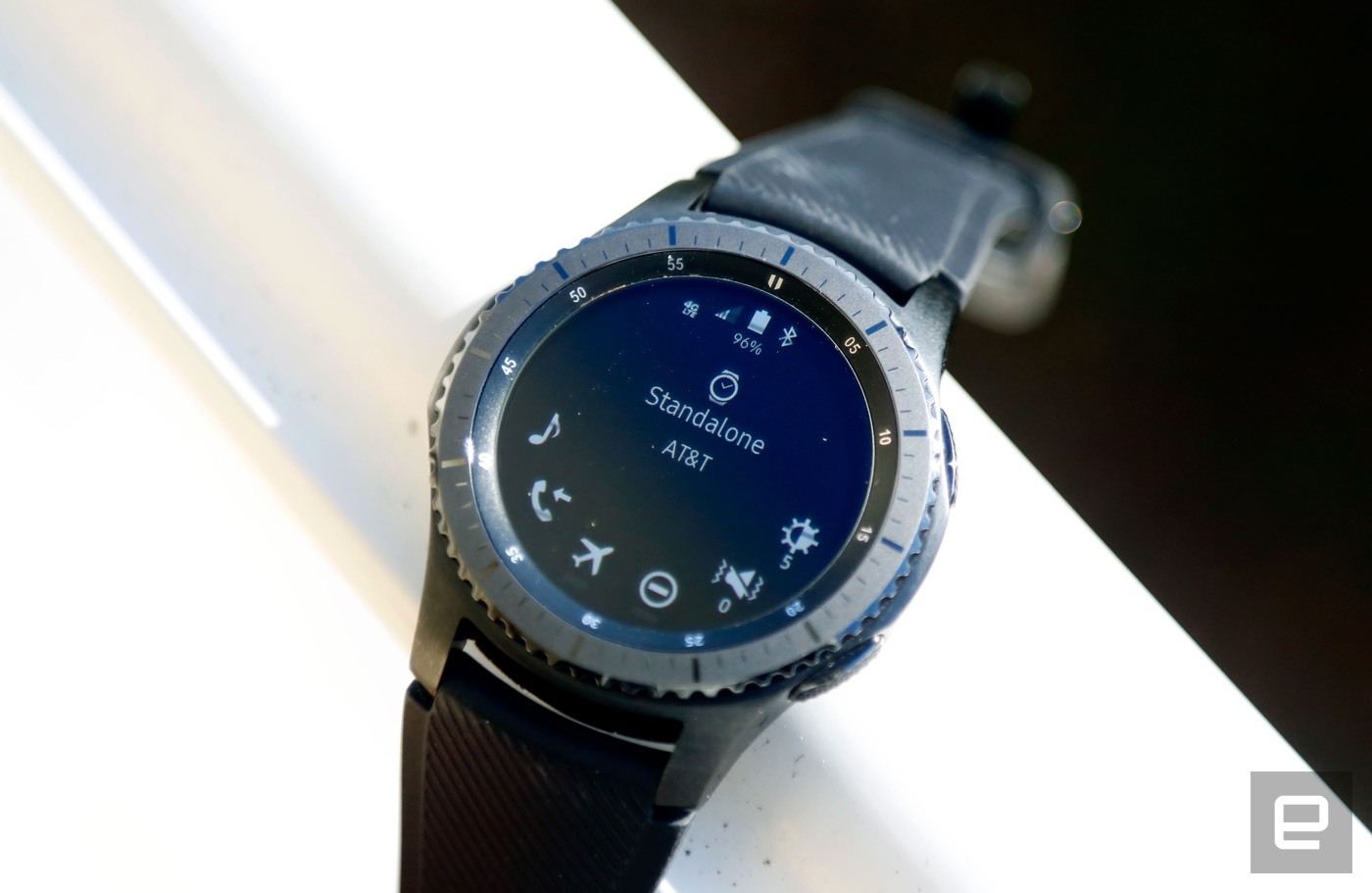As reported by Engadget: NVIDIA has already forged self-driving alliances with big car manufacturers like Audi, Toyota and Volvo, but its latest is a particularly big deal -- at least if you live in China. The chip designer has unveiled a partnership with Chinese internet giant Baidu that will see the two work together to boost the use of AI. Most notably, NVIDIA's Drive PX tech will find its way into Baidu's Apollo self-driving car platform and autonomous vehicles from "major" Chinese firms. The automotive pact is important enough that Baidu chief Robin Li traveled to the event in one of his company's driverless rides -- even though it was against the law.
The pact will also make NVIDIA's deep learning Volta GPUs available to Baidu Cloud customers, optimize Baidu's deep learning platform (PaddlePaddle) for those Volta processors and use Baidu's conversational AI, DuerOS, for voice commands on NVIDIA's Shield TV.
It's a business win for NVIDIA, of course, but it'll be particularly important for Baidu and anyone in China eager to take their hands off the wheel. Baidu is determined to catch up to Waymo, GM and other companies that have spent years developing self-driving cars, and creating an open platform with NVIDIA's help (Baidu has announced over 50 partners including Ford, Intel and Microsoft) could help it make up for lost time. This leg up, in turn, could make autonomous driving relatively commonplace in China without needing as much help from foreign brands.
The pact will also make NVIDIA's deep learning Volta GPUs available to Baidu Cloud customers, optimize Baidu's deep learning platform (PaddlePaddle) for those Volta processors and use Baidu's conversational AI, DuerOS, for voice commands on NVIDIA's Shield TV.
It's a business win for NVIDIA, of course, but it'll be particularly important for Baidu and anyone in China eager to take their hands off the wheel. Baidu is determined to catch up to Waymo, GM and other companies that have spent years developing self-driving cars, and creating an open platform with NVIDIA's help (Baidu has announced over 50 partners including Ford, Intel and Microsoft) could help it make up for lost time. This leg up, in turn, could make autonomous driving relatively commonplace in China without needing as much help from foreign brands.
 |
| NVIDIA Volta GPU |











 The Samsung Gear S3 pictured above is one of the first consumer devices to use an eSIM.
The Samsung Gear S3 pictured above is one of the first consumer devices to use an eSIM.